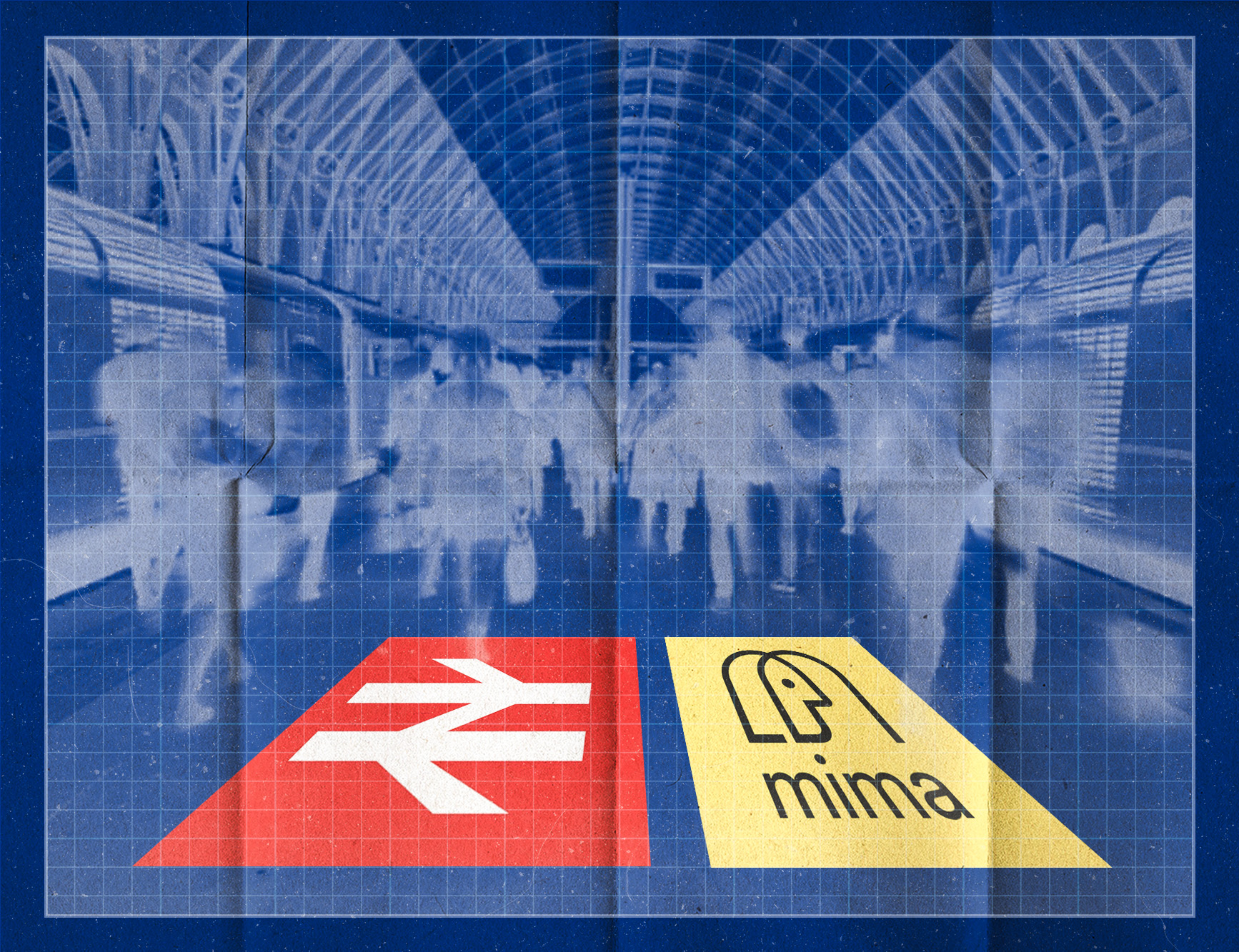Great British Railways: the Mima blueprint for customer-oriented success
With a new Labour government signalling a move towards implementing a new structure for the UK railways and getting Great British Railways to move into controlling track and trains, we felt it’s the right time for us to reflect on what we think it should be prioritised to improve experience and the demand for rail.
The first thing is to acknowledge that we actively want more people to be using rail as one of their first choices of mode/method of transport. This is good for creating a more sustainable transport system, reducing carbon output and moving people out of cars and improving traffic conditions. From this top-level commitment, all the other actions can then flow to improve the reasons to choose rail and/or remove barriers to making that choice.

Ticketing - everyone knows the ticketing system in the UK is far too complex to navigate and is seriously restrictive in use. When we built the first passenger experience strategy for HS2 we had a concept of adaptive travel - the system should flex to adapt to your needs as the passenger. This meant ‘turn up and go’ ticketing was essential along with removing restrictions around which train you could get and the need for rebooking if you missed your train. So, no more advanced booking for a particular train, no more peak / off peak, no more restrictions on routes or operators please.
Accessibility - the accessibility of the railways is slowly improving but is still a long way from being fit for purpose across the system. This means improving the spaces, facilities and trains. But it also means improving assistance and other services. As with most sectors, the GBR will find investment made here will benefit the experience for almost all passengers, so it’s a sensible place to start looking at wider customer experience.
How we use our time when travelling - at the moment, train travel is not much more than a moving seat. If we want people to choose rail then we need to design for how they want to use their time. For example, the appalling quality of wifi on most train services makes it almost impossible to choose train as a productive environment for business travellers. When we worked with East West Rail to create new concepts for their trains, we explored a whole range of use cases for different passenger segments and how we could design spaces that adapted and responded to those varying needs.
Passenger-focused operations - all too often, the railways are operated as a set of assets moving around and the presence of passengers seems coincidental. Poor customer information, decisions around cancellations, responses to delays, all seem to be too poorly focused on the customer. We worked with Network Rail to develop a new operating concept for their major stations that put passengers at the heart of the operation.
Better information - this has been improving over recent years but there is still a way to go particular how we help passengers when things go wrong. But we can also do more to help with more accessible information and information that makes the system more inclusive, especially for those who use the railways rarely or are visitors to the UK - for example, the rollout of British Sign Language information screens in a number of our major stations or the implementation of the new Passenger Assistance app.
Think journey - an important extension for better information is to think more about rail just being one part of the journey for each passenger. You can see more and more in our stations, information about buses, taxis, and other modes of transport. To make rail the transport option of choice, how we deal with the first and last mile is critical. This covers how we integrate and interchange between modes but also add more options and help passengers understand their options and make better choices.
Mima has been working for over 40 years to help transport organisations think strategically about customer experience, create strategies, design interventions and create more accessible and inclusive transport systems.
Written by:

David Watts
Managing Director
David is our Managing Director with over 20 years of practice as a Human Factors and design consultant. He has delivered projects across sectors including rail, O&G, airports, utilities and the emergency services. He has worked with clients such as Network Rail, Siemens, easyJet, WSP, National Express, TfL and HS2.